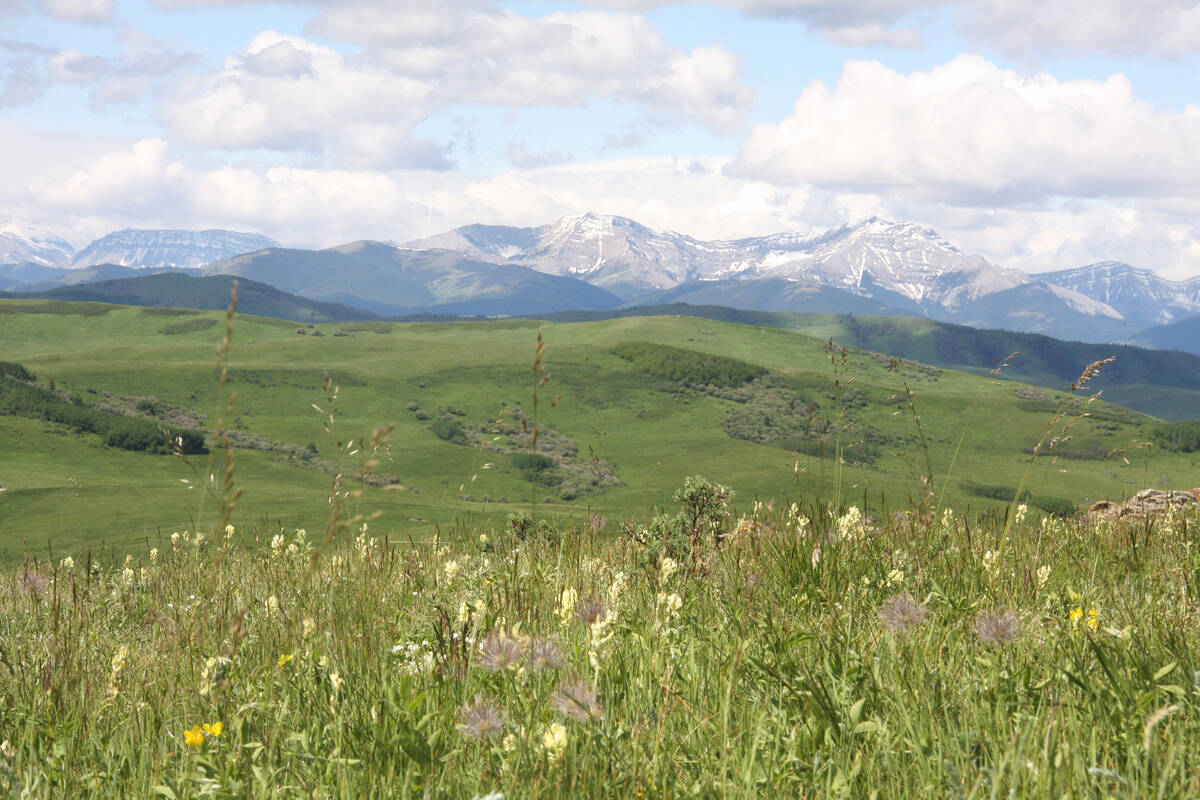Western Canada’s grasshopper forecast contains a warning for farmers.
For producers in high-risk areas and where the populations were
greatest last year, the chances of reaching economic thresholds that
make it pay to spray are nearly certain.
Agriculture Canada scientist Dan Johnson from Lethbridge, Alta., wrote
the forecast after collecting data gathered last August by federal and
provincial researchers.
He said the weather so far this winter has not improved prospects for
farmers.
Read Also

Selenium not deal breaker in coal mining: expert
Environmental scientist weighs in on coal mining debates in Western Canada, explaining selenium and the technologies and practices to lower its concentrations in nearby waterways to coal mining operations
Johnson, who is also an adjunct professor at the University of
Lethbridge, said that “while nothing is written in stone for this
season,” there will likely be more of the voracious pests than last
year and farmers should scout their fields carefully.
“Our growing season weather for most of southern Alberta and western
Saskatchewan (for 2001) was some of the warmest and driest on record,
very favourable for grasshoppers,” he said.
“If we have a warm, dry spring, that will increase early hatching and
feeding. That means they will be causing damage as soon as late May and
early June.”
Prairie grasshopper populations are determined mainly by weather
conditions, and the past four years have built a set of conditions
nearly ideal for dramatic population increases.
“On average 20 percent this year, but it is hard to gauge,” Johnson
said.
“In some areas 50 percent or more. Every farmer’s situation will be
unique in some way …. But this will be the fourth year of increases
in the population in a row.”
Some areas will be dealing with more than one grasshopper species.
In Alberta, in an area east of Calgary near Oyen, four pest species are
expected to compete for young plants.
“This is something really special, though I’m sure some farmers in the
area may not think so,” Johnson said.
According to Johnson’s forecast, that part of the Prairies may be hit
hardest this spring. As well, zones south of Swift Current, Sask., and
east and north of Edmonton may experience the worst of what could be a
series of moderate to very severe infestations covering one third of
the Prairies’ growing areas.
In Manitoba, isolated pockets southwest of Winnipeg show signs of
severe infestations, while the rest of the province will see few or no
grasshoppers.
Economic thresholds vary from crop to crop and for various crop stages,
but in general it will be financially beneficial to spray cereal crops
with eight or more grasshoppers per square metre, said Scott Hartley of
Saskatchewan Agriculture.
As few as two per sq. m in a lentil crop, either early in the season or
at podding, will damage the crop enough to require control.
The forecast was created using 3,778 test sites Ð 1,605 in Alberta,
2,004 in Saskatchewan and 151 in Manitoba, plus another 18 points in
the West.
Researchers say that many samples makes the maps and forecast very
reliable. It also shows the expected distribution of the insects and
the damage they do to crops by late June or early July.














